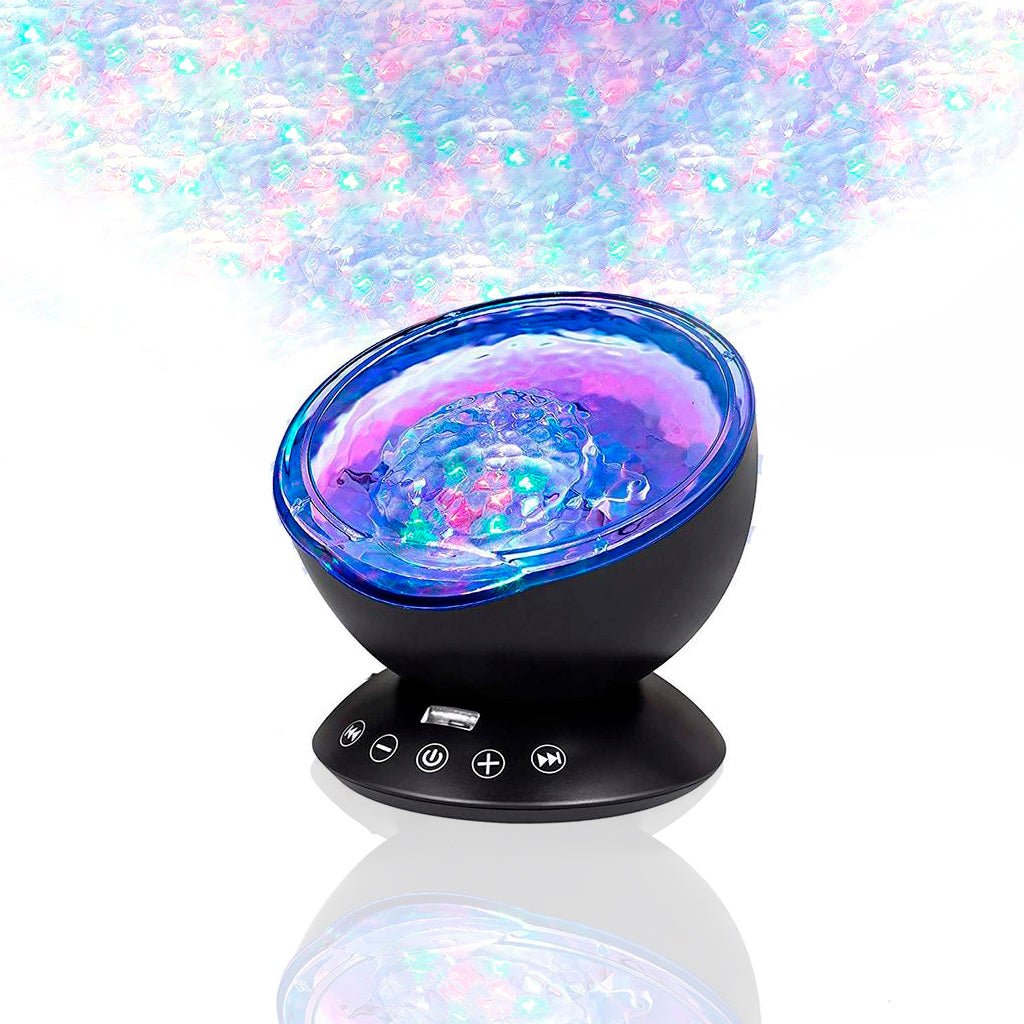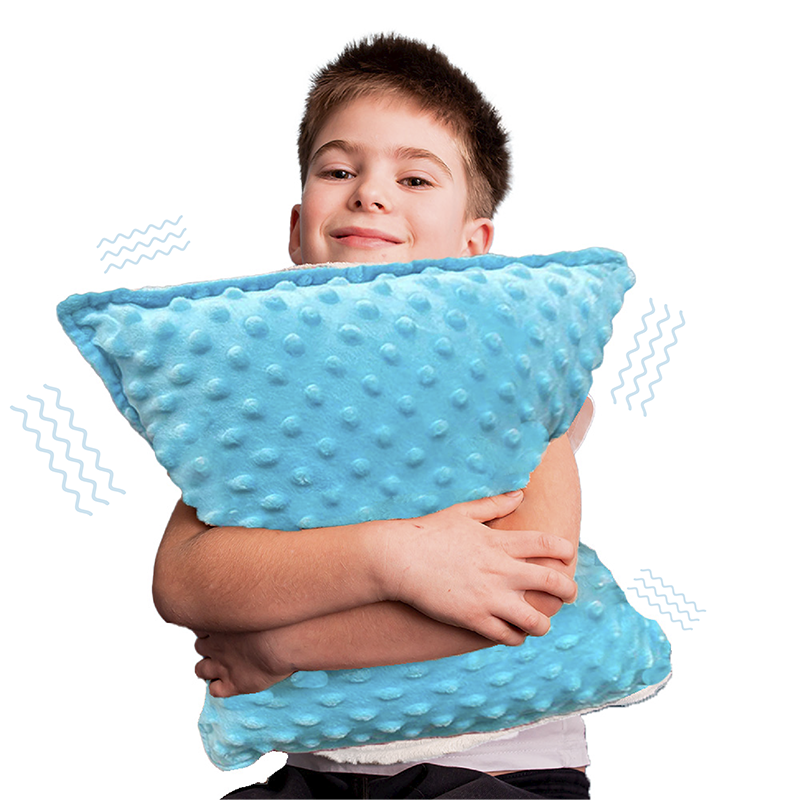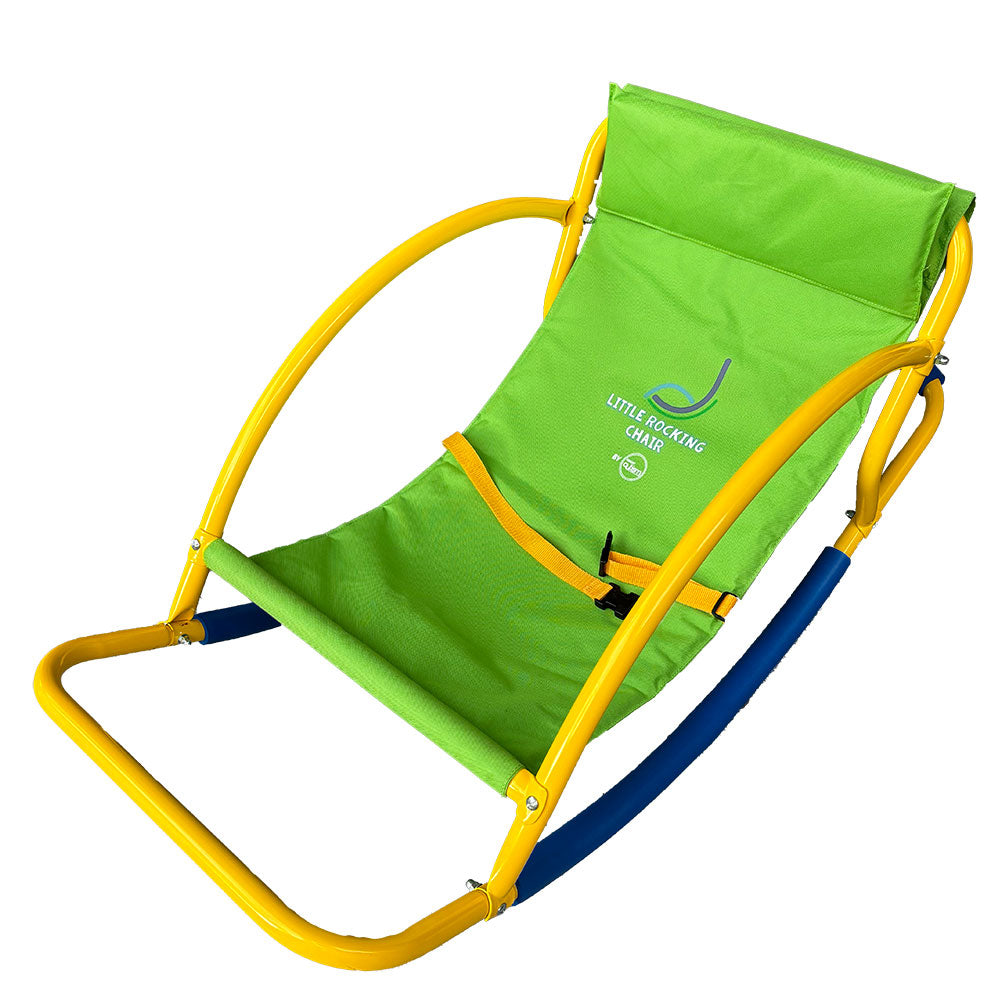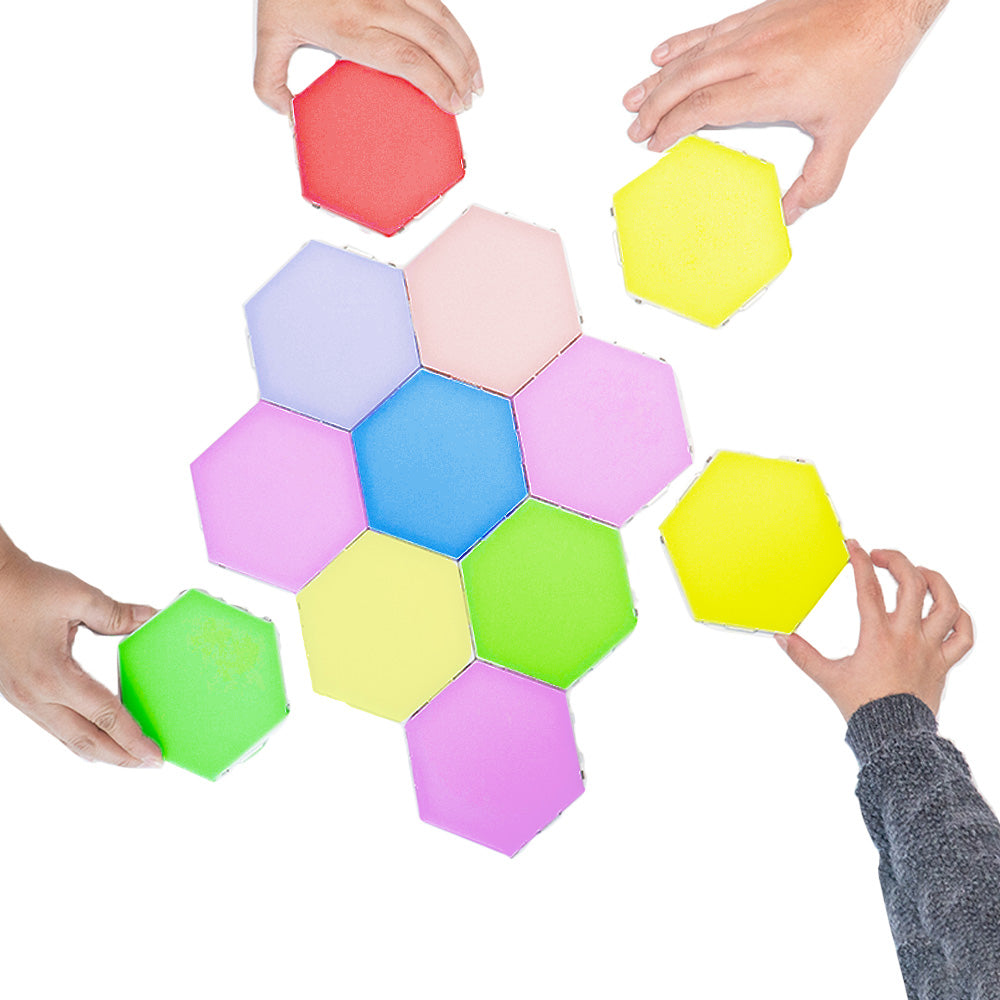
For kids under the spectrum, a calming sensory bedroom is their haven to create a relaxing environment. Thus, special care has to be put into decorating the room to simmer down from the outside world. There are no strict guidelines on how to set up the room. For the reason that one size doesn't fit all for people with autism.
In decorating the space, you have to keep in mind what your child is sensitive to. Some of them are sensitive to light, sound, and even smell. Thus, the design should be personalized to meet the exact needs of the person who will use the space. Sleeping soundly is the end goal in mind.
Here are some tips in decorating a calming sensory bedroom for a good night sleep:
Bedroom Color
WANT TO SEE MORE ABOUT COCOON CHILD SWING?
Sleep is very important for body recovery, especially for children with autism. The color of the bedroom from the walls to the types of furniture and sheets creates the overall ambiance of the room. The goal is not to overstimulate the senses and embrace them with warm subdued colors for a tranquil feel to sleep in.
Recommended colors
- Cream (not white or yellow) is the recommended color of the UK National Autistic Society
- Pink works for both boys and girls
- Pastel colors such as muted purple, pale blue, and soft green
What to avoid
- Primary bold colors such as red, orange, etc.
- Borders
- Stripes
- Patterns
- Prints
RECOMMENDED BLOG: Colors and How They Affect the Mood and Behavior of Children with Autism
Weighted Blanket
WANT TO SEE MORE ABOUT THIGHTY SHEET?
Weighted blankets have gained popularity over their effectiveness to tuck anyone to sleep. The added weight on the blanket provides a similar feeling of being hugged. Do take note though that some children might not like to be touched and a weighted blanket might not work. However, for the rest who find comfort in being cuddled, a weighted blanket provides comfort for a good night's sleep.
The weight of the blanket should be 10 to 20% of the person's weight.
We also recommend the Sensory Pea Pod for Special Needs
Lightning
WANT TO SEE MORE ABOUT CALMING SENSORY SEA LAMP?
Visual over stimuli can hasten the child with autism's chances of hitting the sack. Some don't like dark and the bright light from fluorescent lamps. Others are sensitive to the light coming out from the window like street lights.
In choosing bedroom lighting, opt for LED instead of fluorescent. Other options include a cinema lightbox, lava lamp, glow stick, and fairy lights.
Soothing sound and music
WANT TO SEE MORE ABOUT STRETCHY TUBES?
Auditory over stimuli is another reason why children with autism have challenges in sleeping deeply. Every child also has their preferences from the type of music or sound that calms them down to not hearing anything at all.
Listening to white noises and rhythm boost the chemical serotonin in the body putting them in a relaxed state. While others would prefer to use noise-canceling headphones to block out unpleasant external sounds that triggers restlessness. They come in handy, especially when traveling or if their room is next to the street.
Check our Vibes Earplugs: They reduce the volume of noisy areas, allowing them to hear everything that’s going on, but at a safer and more manageable level without blocking or merely muffling anything.
Sensory Walls
WANT TO SEE MORE ABOUT TAP-TAP LIGHTS?
A sensory wall is a great way to play providing rich sensory exploration. The wall offers a multi-sensory input that will lead children to identify preferred textures, colors, and sound. It induces tactile, visual, and auditory play. Encourages communication as the child will learn to identify what he likes and dislikes which he can relate to his parents.
Creating a sensory wall doesn't have to be expensive. A DIY project is recommended, making use of what you already have inside the house. In that way, you can even customize the theme and change it depending on the season or as the child grows up.
Here are some items you can put on your sensory wall:
- Corkboard
- Sandpaper
- Carpet samples
- Feather
- Brick panels
- Ribbon
- Sequined Fabrics
- Sponges
- Cupboard linens
- Pompons
Other items that can be added are on the wall: corrugated cardboard, velcro, buttons, cotton balls, laces, various fabric swatches, screen among others.

In designing the sensory room, the preference of the child comes first over aesthetic and cost. You don't need to break the bank to get everything set up. If the child with autism can communicate, it would be best to consult him or her about what they wanted to have in their room. At the end of the day, the goal is to give them a place that will keep them calm and relaxed for that good night's sleep.
For more information, read our blog: How to Get My Child to Sleep Alone?
















Leave a comment